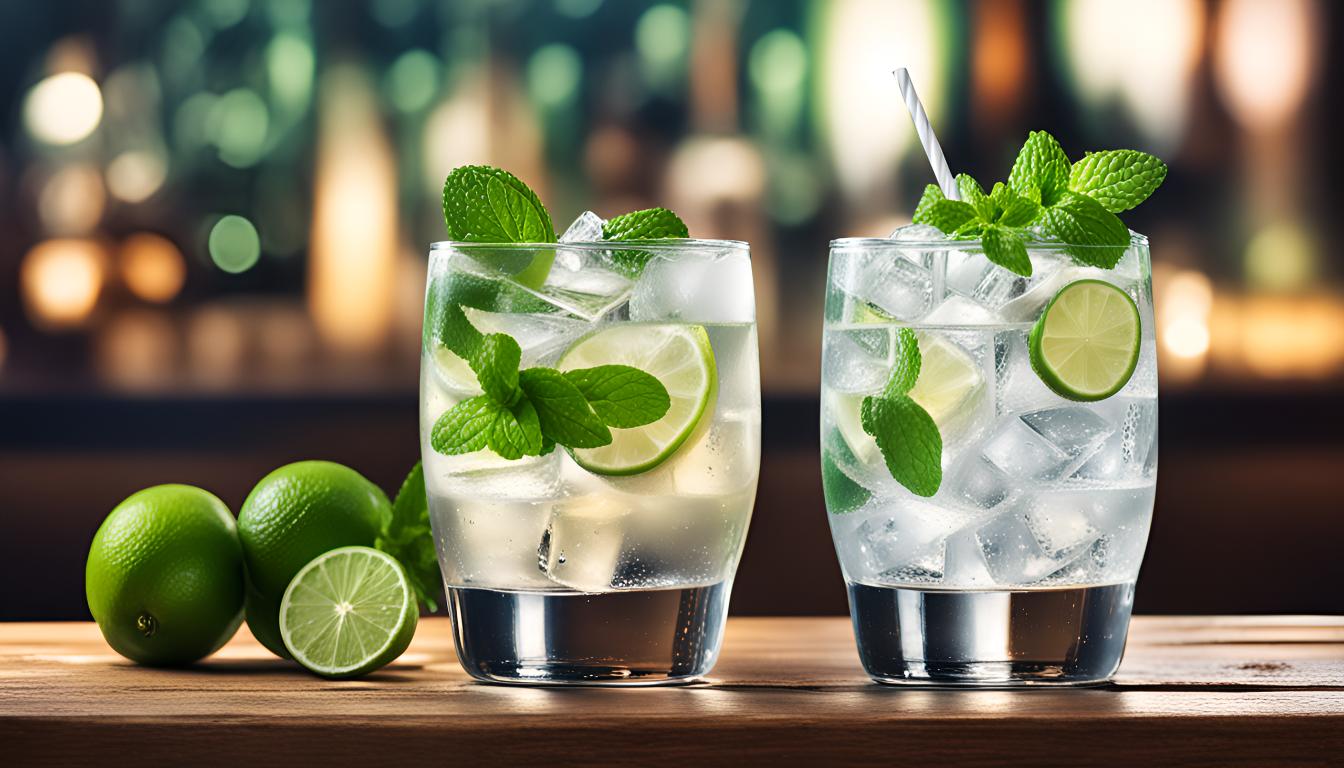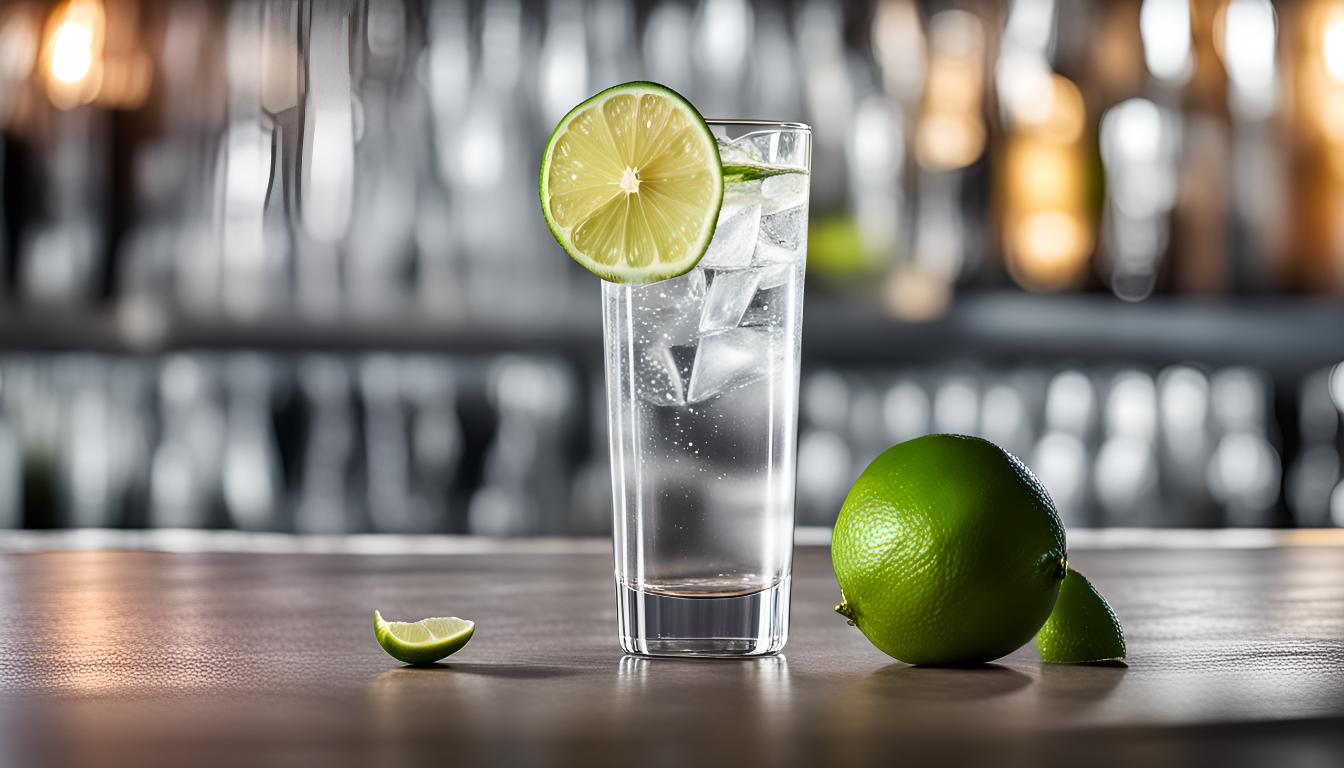When it comes to enjoying a refreshing drink or mixing up your favorite cocktails, understanding the nuances between different types of carbonated waters can make a significant difference in taste and experience. Two commonly confused beverages in this realm are tonic water and club soda. While both may appear similar at first glance, they have distinct characteristics that cater to different palates and purposes. Let’s delve into what sets tonic water and club soda apart.
What is Tonic Water?
Tonic water is a carbonated beverage that has a slightly bitter taste, often derived from quinine, a compound originally used to treat malaria. Today, quinine is added in much smaller amounts purely for flavor, rather than medicinal purposes. Tonic water is usually clear and has a distinctive effervescence that adds a pleasant fizziness to cocktails.
The flavor profile of tonic water can vary, but it typically has a subtle bitterness with a hint of sweetness. This bitterness makes it an ideal pairing with gin, famously known in the classic cocktail, the Gin and Tonic. The sweetness of tonic water can balance out the botanical flavors of gin, creating a refreshing and well-rounded drink.
Ingredients in Tonic Water:
- Carbonated water
- Quinine
- Sweeteners (often high-fructose corn syrup or sugar)
- Flavorings (which can include citrus oils, botanical extracts, or other natural flavors)
What is Club Soda?
Club soda, on the other hand, is also a carbonated beverage but lacks the distinctive bitter flavor of tonic water. It is essentially plain water that has been carbonated and infused with mineral-like flavors, which can vary depending on the brand. Club soda is known for its crisp and clean taste, making it a versatile mixer in cocktails or a refreshing standalone drink.
Unlike tonic water, club soda does not contain quinine or any other flavoring agents that impart bitterness. Instead, it is purely carbonated water with added minerals like sodium bicarbonate or potassium sulfate to enhance its taste profile.
Ingredients in Club Soda:
- Carbonated water
- Minerals (such as sodium bicarbonate, potassium sulfate)
- Occasionally, a small amount of salt may be added to enhance flavor
Key Differences:
- Flavor: Tonic water has a bitter flavor due to the addition of quinine, whereas club soda is characterized by its neutral or slightly salty taste with no bitterness.
- Usage: Tonic water is primarily used as a mixer in cocktails, particularly with gin, while club soda is used in a wide range of cocktails or enjoyed by itself as a refreshing beverage.
- Ingredients: Tonic water contains quinine, sweeteners, and flavorings, whereas club soda contains carbonated water and minerals, without any added sweeteners or flavors.
- Appearance: Both tonic water and club soda are clear and carbonated, but tonic water may appear slightly more viscous due to the presence of sweeteners.
Conclusion:
Understanding the difference between tonic water and club soda can elevate your mixology skills and enhance your drinking experience. Whether you prefer the bitter kick of a Gin and Tonic or the clean fizz of a vodka soda, knowing which carbonated water to use can make all the difference. So, next time you reach for a mixer or order your favorite cocktail, consider the subtle distinctions between tonic water and club soda – your taste buds will thank you!



